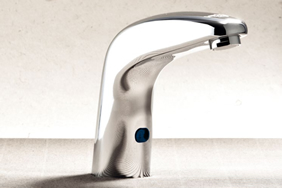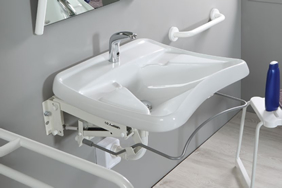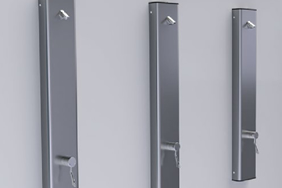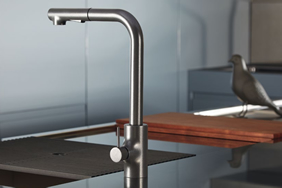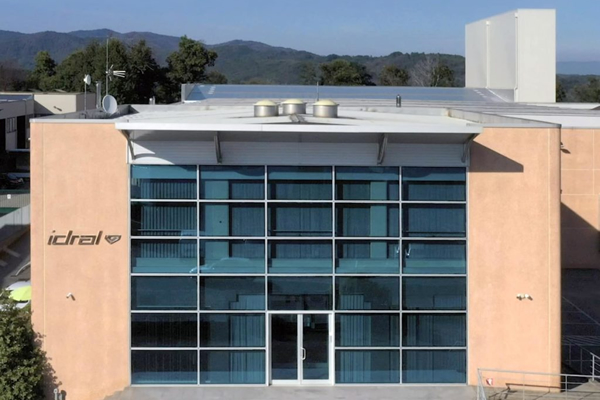
A reflection by our founder Ing. Vittorio Vasconi.
It is of great interest to take a look at the evolution undergone by the machine tools used in the faucet industry, similar to what has occurred in all mechanical technology.
The machines referred to in the years when our company started business, now 50 years ago, were basically three:
- The semi-automatic turret lathe (or revolver)
- The single-spindle automatic lathe
- The transfer machine
It is good to disregard the more sophisticated special machines, made for special machining operations, such as the boring machines for the simultaneous machining of body and mark for gas taps, machines that we also had.
The turret lathe
In the turret lathe, the characteristic organ was the tool turret with a usually vertical axis of rotation that had six flat faces on which the tools were fixed. Very ingenious was the turret's system of rotation to switch from one tool to another: this occurred as a consequence of the retrograde motion of the longitudinal slide on which the turret was placed. This retrograde motion was triggered by the operator at the end of each active stroke, thus without recourse to electricity.
There were also turret lathes intended for bar machining, in which case a hollow spindle allowed the bar to pass through, which was rotated by being clamped by an elastic gripper.
In any case, in these semi-open lathes, the automatism was limited to the productive movements of the tools, i.e. during the movements during which each tool carried out its work phase on the workpiece. The real protagonists of the machining cycle were mechanical devices that still today astonish for the ingenuity of their conception!
The single-spindle lathe
In lathes of the second type, i.e. single-spindle automatic lathes, in addition to the productive movements, such as semi-automatic drilling, auxiliary movements were also carried out automatically, both on the workpiece and on the tools, such as retrograde turret travel. The difficulty of realising this entire series of movements with mechanical devices alone is immediately apparent: the basic organ for the sequence of intervention of the various devices was an auxiliary shaft, driven by the main drive shaft, which by means of mechanical couplings 'managed' the interventions of the various devices.
The transfer
Transfer machines were automatic machines which, thanks to a system of transferring the workpiece from one work station to the next, performed the sequence of operations necessary for the manufacture - partial or total - of a workpiece.
The operator was only dedicated to control or surveillance or at most to loading or unloading the workpiece.
The transfer system was represented by a rotary table, usually with a horizontal axis and cylindrical shape, equipped, as mentioned above, with several stations (self-centring vices for clamping the workpiece), which were presented successively to a series of operating units.
In the most frequent case, these units numbered 9, divided into three triads, each of which was arranged perpendicular to the work station: it is easy to realise then that a T-union or a simple stopcock body could be completely machined.
In the case of more complex machining operations, for example more numerous than that allowed by the number of units, or with dimensions other than those orthogonal to the unit, the machining cycle could not be completed: it was therefore necessary to unload the part, retool the machine with different clamps, so that the part could be positioned in front of the machining head in a suitable manner.
In these "retooling" operations, there could be an inconsistency between the vice used in the first cycle and the one used in the "retooling" cycle, and consequently the dimensions foreseen for the workpiece were not respected; in other words, the measurements of the machining operations performed in one cycle were exact but could be inaccurate with respect to those performed in a different cycle.
These drawbacks were remedied thanks to the newly developed machining centres, which will be discussed on another occasion.





